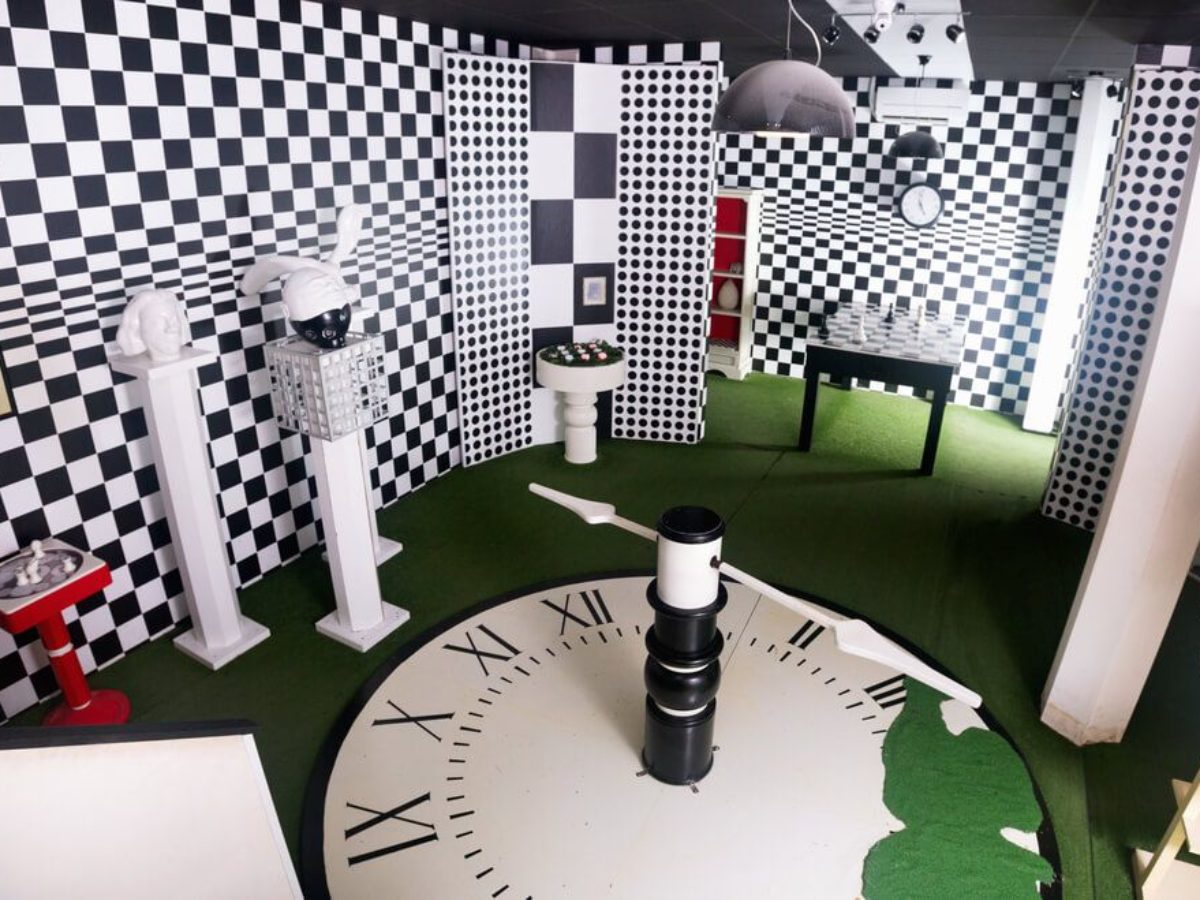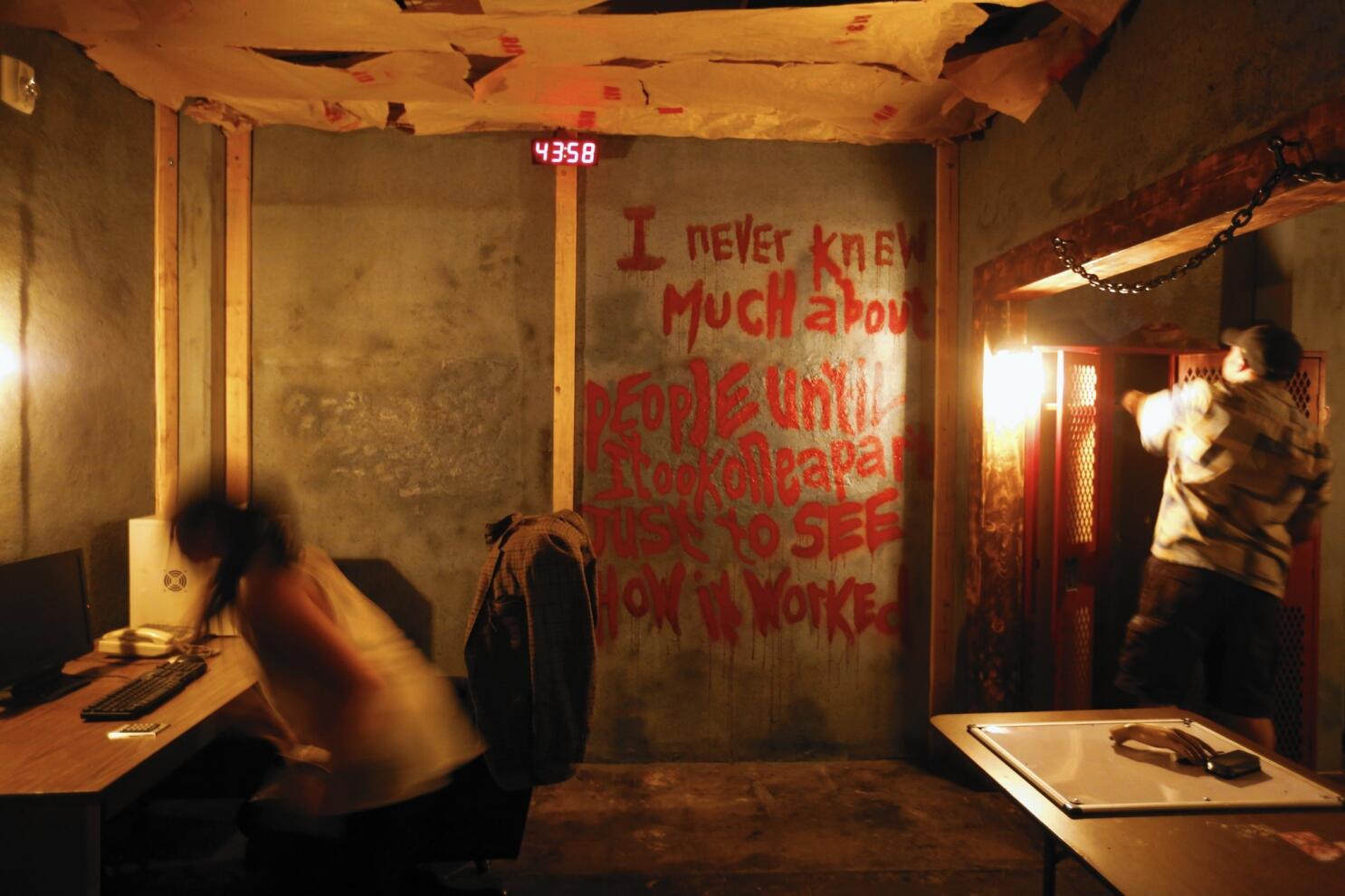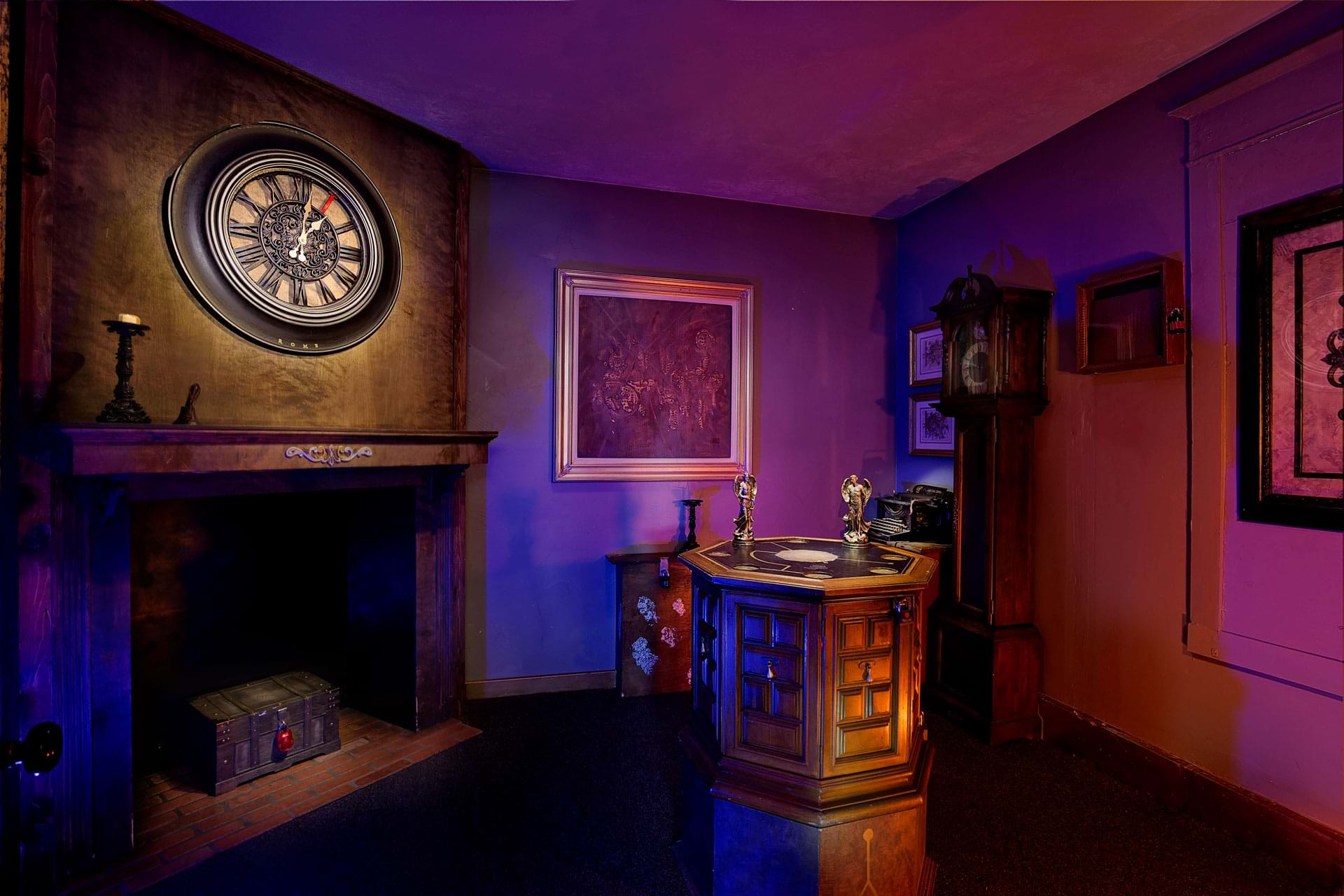Group Approaches: Just How to Team up Efficiently in a Retreat Space
Teams have to proactively listen to each participant's understandings, assign duties that align with specific strengths, and keep routine check-ins to ensure emphasis and prevent redundancy. By promoting an environment that values communication and adaptability, groups can considerably enhance their effectiveness and success prices.
Establish Clear Communication

To promote clear communication, it is necessary to designate a main point of get in touch with for details dissemination. Short, concentrated updates from each group member can keep the group notified without frustrating them with details.

Designate Roles Strategically
While clear interaction sets the structure for effective teamwork, assigning duties tactically makes certain that each staff member's strengths are utilized successfully. In an escape area circumstance, the time-sensitive and complicated nature of obstacles requires an efficient technique to task delegation. By identifying and leveraging private competencies, groups can optimize their analytical capacities and improve total performance.
Someone with a keen eye for detail could stand out in discovering concealed things, while a sensible thinker could be better fit to fixing problems. This duty typically needs strong organizational and interpersonal skills.
Second, make sure that functions are adaptable and adaptable. As new challenges emerge, the team must be able to pivot, reallocating jobs as called for. This flexibility aids keep energy and protects against traffic jams that can happen because of stiff role jobs.
Inevitably, a calculated technique to function project not only takes full advantage of the staminas of each team participant yet likewise promotes a cohesive setting, driving the group towards a successful retreat.
Use Diverse Abilities
Recognizing and using the diverse abilities within your team can dramatically raise your performance in a retreat space. Each employee brings unique staminas to the table, and effectively leveraging these capacities can accelerate problem-solving and enhance total effectiveness. As an example, a group member with strong logical abilities may succeed at understanding complicated codes or patterns, while one more with eager anchor empirical abilities may promptly spot concealed clues that could overlook.
Efficient communication is crucial to making use of these varied skills. Motivate staff member to voice their insights and ideas without delay, guaranteeing that all prospective options are considered. This comprehensive strategy fosters a dynamic atmosphere where imagination and essential reasoning can flourish. Additionally, designating tasks that line up with each member's staminas can stop traffic jams and make certain that progression is continuous.
Furthermore, diversity in skills frequently translates to variety in assuming styles, which is very useful in a retreat area setting. While some difficulties may require logical reasoning and precision, others could take advantage of creative and side reasoning. By identifying and leveraging this variety, teams can deal with a wider variety of obstacles a lot more efficiently, thereby raising their opportunities of a successful retreat.
Manage Time Successfully

Determine noticeable challenges and split jobs based on group members' staminas, guaranteeing that nobody is still. This method can help maintain the group concentrated and stop time from sliding away undetected.
In addition, prevent tunnel vision. If a problem is taking as well long, rotate staff member or go on to another obstacle, returning later with fresh perspectives. Interaction is extremely important-- maintain everyone upgraded on resolved problems and continuing to be tasks to stay clear of redundant initiatives.
Lastly, make use of any tips or clues moderately yet strategically - best escape room. Recognizing when to request aid can visit site save beneficial time. By adhering to these time monitoring principles, teams can considerably improve their opportunities of a successful and enjoyable getaway room experience
Debrief and Mirror
Reflection is a necessary aspect of group development and enhancement in the context of retreat rooms. When the obstacle is completed, whether efficiently or not, it is critical for the group to participate in an organized debriefing session. This procedure allows employee to examine their performance, determine toughness, and identify locations for improvement.
Begin the debrief by reviewing my blog what worked out. Highlight specific instances of efficient interaction, analytic, and collaboration. Recognizing these positive habits enhances them and encourages their repetition in future difficulties.
Following, resolve the barriers encountered. Talk about moments of confusion, miscommunication, or inefficient methods. Urge an open and constructive dialogue where team members can share their perspectives without fear of criticism. This fosters a culture of continuous renovation and discovering.
Conclusion
In conclusion, effective partnership in an escape space is predicated upon clear interaction, calculated role projects, the effective application of diverse skills, and skillful time administration. By producing a cohesive and flexible team atmosphere, the likelihood of efficiently addressing challenges and accomplishing the purpose of leaving the area is considerably boosted.